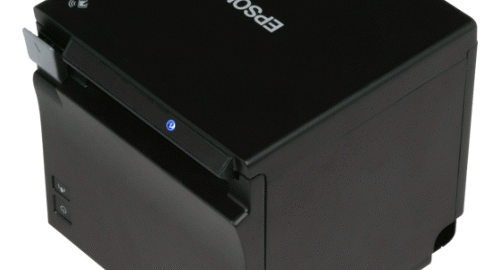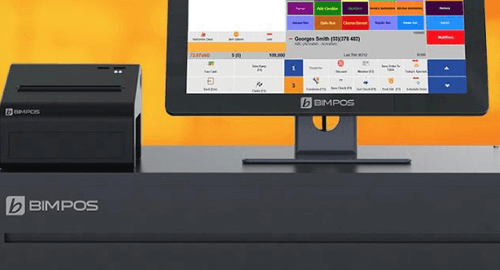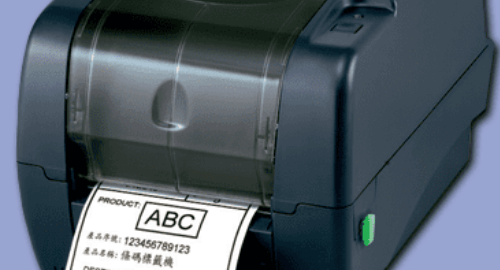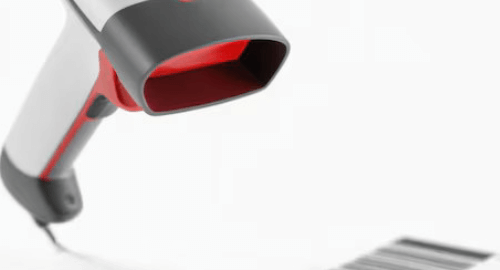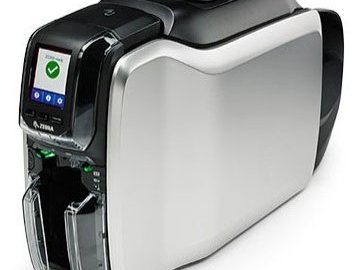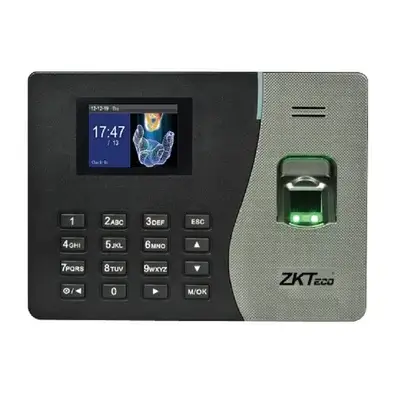
Reliability and efficiency in tracking attendance are essential in today’s business. More sophisticated solutions are replacing antiquated techniques like punch cards and sign-in sheets. Introducing Biometric Attendance Systems (BAS), a cutting-edge technology that is completely changing how businesses track the time and attendance of their workforce. In this blog, we’ll look at the many applications of biometric attendance systems in the workplace.
Understanding Biometric Attendance Systems
Biometric Attendance Systems identify people by using their distinct physiological traits, such as iris scans, fingerprints, or facial recognition. By ensuring that attendance records are accurate and impenetrable, this technology removes the chance of “buddy punching,” which is the practice of one person clocking in for another.
Increased Precision and Efficiency
The precision of BAS is its main advantage. Conventional techniques can be labor-intensive and error-prone. Conversely, biometrics offers rapid and accurate verification. In large companies, where manually tracking attendance can be an enormous burden, this efficiency might be especially helpful.
Increased Security and Accountability
Biometrics offer an added layer of security. Biometric information, in contrast to ID cards or passwords, is specific to each person and thus difficult to copy or exchange. By lowering the possibility of unwanted access, this improves workplace security in general. Moreover, it promotes employee accountability because attendance is directly correlated with individual biometric IDs.
Integration and Management of Data
Efficient data management is made possible by the seamless integration of biometric technologies with current HR and payroll systems. Through this integration, attendance data is guaranteed to have a direct impact on HR analytics, leave administration, and payroll processing, resulting in better decision-making.
Privacy and Ethical Considerations
Although biometric technologies have many benefits, privacy and ethical issues are also brought up by them. To prevent misuse, storing biometric data necessitates strong data protection procedures. Companies need to make sure that employee data is managed appropriately and follow all applicable privacy laws and regulations.
ROI and Cost-Effectiveness
Although putting in a BAS could require an investment, doing so frequently pays out in the long run. Organizations can receive a considerable return on investment by decreasing time theft, lowering errors in attendance tracking, and streamlining administrative procedures. Saving money can also result from less paperwork and manual record-keeping.
Adaptability Across Various Sectors
The versatility of BAS makes it suitable for a wide range of industries. From manufacturing plants and corporate offices to educational institutions and healthcare facilities, biometric attendance can be tailored to meet the specific needs of different sectors.
Conclusion
Biometric attendance systems are a real-world answer to the age-old issue of attendance management, not just a sci-fi notion. They are quickly becoming a crucial component of contemporary workplace administration due to their capacity to provide efficiency, accuracy, and security. It will be interesting to watch how BAS develops in response to the shifting demands of businesses and their workers as technology progresses.
Businesses thinking about switching to biometric attendance should balance the advantages above the ethical and privacy concerns, and customize the system to meet their unique needs. There are a lot of options, and biometrics will definitely rule the day when it comes to workplace attendance monitoring.

